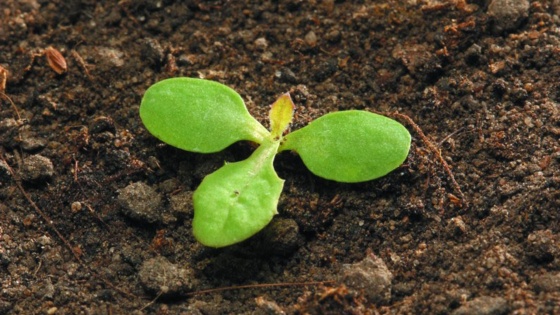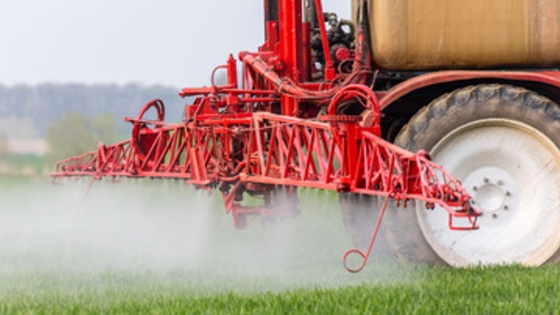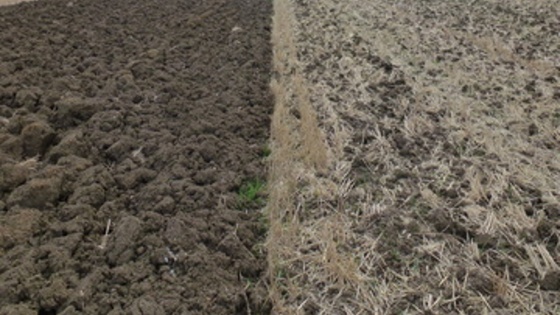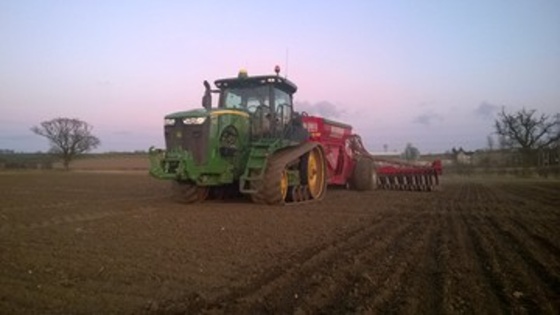Perennial sow-thistle
(Sonchus arvensis)

Young Plant
The almost stalk less cotyledons are oval. The first true leaves arise singly and are a pointed oval and smooth surfaced with prickly edges. The leaf narrows gradually into the stalk. Later leaves have spiny teeth.
Mature Plant
The mature plant grows from a leafy rosette, with the lower leaves stalked, but the upper stem leaves growing straight from the stem. Leaves are shiny and green, lobed in spiny segments perpendicular to the stem and ending in a narrow finger -shaped terminal lobe. The stems are unbranched except where they branch into the flowerheads at the top. Most of the rhizomes are in the top 30cm soil but there is also a long tap root.
Flower
The flower buds bear tiny yellow glandular hairs. The yellow flowerhead is 40-50mm across and contains 160 or more individual fertile flowers. The flowerheads are arranged in umbrella like groups.
Height 150cm
Perennial sow-thistle Profile
| Key feature | - Leaves are shiny and lobed - Tiny yellow glandular hairs on the flowering shoot and flowerheads. - Rhizomes - Plants overwinter as thickened roots - Larger flowers than the annual species which are deeper yellow |
|---|---|
| Number of seeds produced per plant | 5,000 per plant but also spread by plants originating from thickened roots |
| Seed shed | July-October |
| Germination period | March-May Shoots appear from overwintered roots in March/April |
| Germination depth | Seed 5cm. Rhizomes present up to 3m deep. Emerge from 10cm |
| Primary dormancy | Low |
| Does it have a secondary dormancy? | Yes |
| Seed longevity | >5 years |
| Factor promoting germination | Light |
| Rate of seed decline with cultivations | High but thickened roots do survive |
| Lifecycle | Seeds are dispersed by wind and germinate in spring, requiring chilling through the winter. Perennial sowthistle can also spread from fragments of rhizomes. |
| Geographical Location | Mainly confined to England and the coastal areas of Wales, Scotland and Ireland, perennial sow-thistle is usually found on roadsides and verges and arable field edges. |
| Soil Type | It prefers damp to wet, heavy deep loams and clays, high in nitrates and humus |
| Impact | Usually present in field margins may encroach into arable fields, but most often is a nuisance in perennial crops. It occurs in patches on arable land. 5% yield loss from 167 plants per m2 |
| Resistance risk | No resistance populations known |




